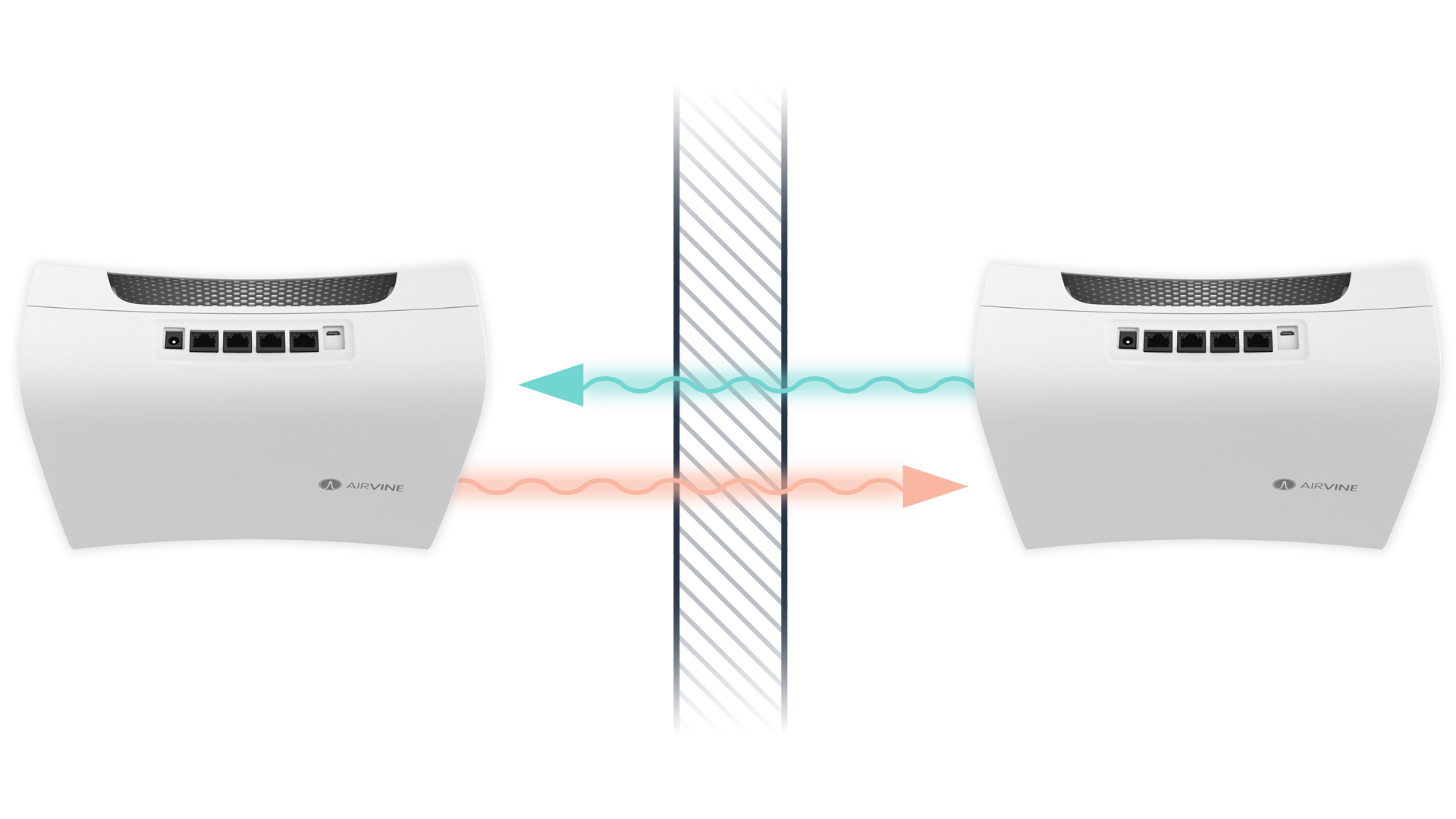The unlicensed V-band is gaining significant attention for its potential to blast through walls. Initially targeted for residential broadband, interest has shifted towards in-building wireless backbones. This shift is driven by the V-band’s strengths: a vast amount of available spectrum (14 GHz in the U.S.) and the ability to achieve high spectral reuse with beamforming…
Author: Dave Sumi & Steve Hratko
In this blog, we will explore the RF bands commonly used today to identify the best frequency bands for backhaul and understand which services work best at which frequencies. We will examine access technologies that connect users to Wi-Fi APs (or cellular networks) and backbone technologies that link these APs back to the wiring closet…
People often ask why Airvine chose to develop an entirely new in-building networking solution when the well-entrenched legacy approach of using structured wiring already exists. Is a new solution really necessary? To answer this question and truly understand the shift, we need to consider the dynamic nature of the modern enterprise. This consideration leads us…
We often hear about beamforming from the trade press, on podcasts, and elsewhere, but what is it and why should you care? To get to understanding beamforming, consider how it uses the precise phase shifting of antenna array elements to create a very narrow, specifically directed beam. This narrow beam significantly increases the gain for…



